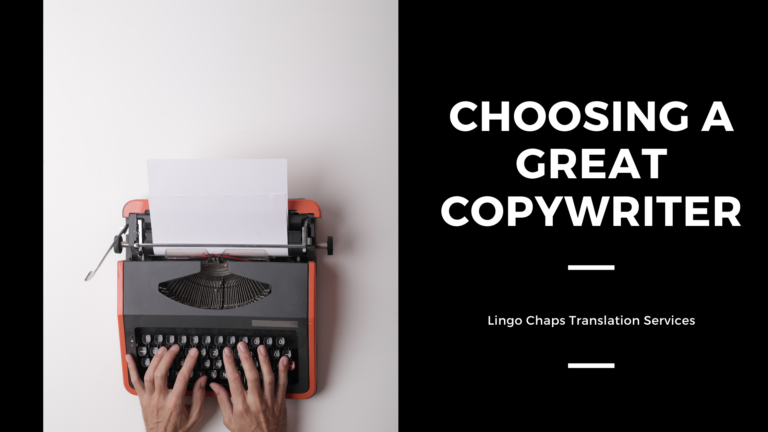Jouez au Casino en Ligne depuis la France | Lassay-les-Chateau Table Découvrez...
Read MoreDécouvrez LiraSpin : Le Meilleur Site pour Jouer au Casino en Ligne...
Read MoreНачните играть в онлайн-казино Pin Co в России Table Of Contents «Как...
Read MoreJuega al emocionante juego de casino Tower Rush: ¡Disfruta de la emoción...
Read MoreОфициальный сайт зеркало KRAKEN: https://kraken2trfqodidvlh4aa337cpzfrdhlfldhve5nf7njhumwr7instad.com/ Kraken: новый игрок на рынке даркнета Когда...
Read More
This is a story of our Translator. I remember the first time...
Read More
No two copywriters are the same. So how do you know you’re...
Read More
Story on: I am about to share with you 8 quick ideas...
Read More
If the best way of communicating with prospects and existing customers was...
Read More
One of the biggest challenges you need to overcome in order to...
Read More